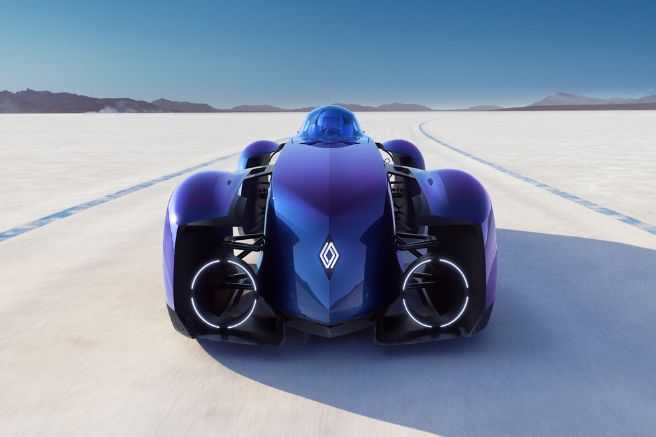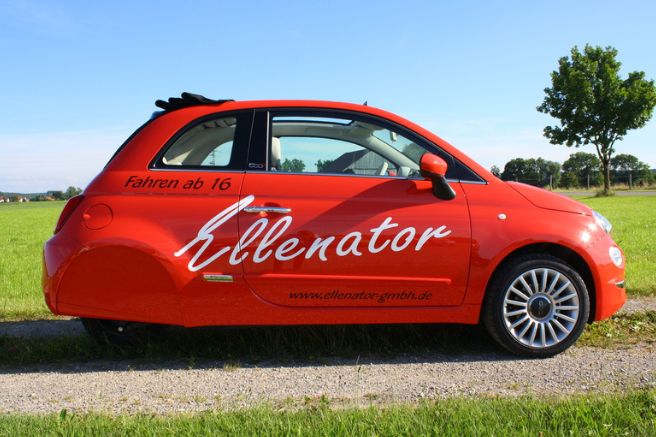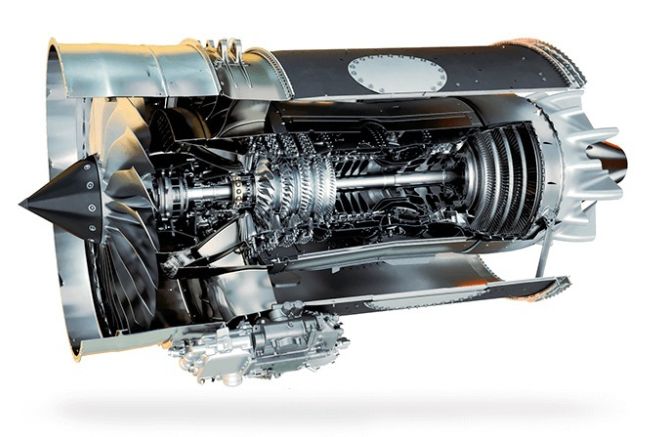A Swiss start-up, Sirius Aviation, has recently unveiled the first vertical takeoff aircraft powered by liquid hydrogen with fuel cell, the ‘Sirius Jet.’ Supported in flight by 28 electrically driven ducted fans, it will be offered in both private jet and commercial versions.
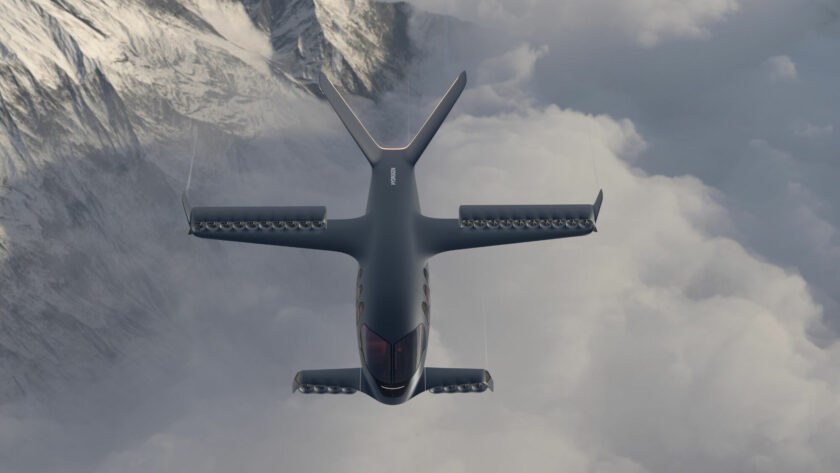
One of the negative aspects of the fight against climate change is the increasing tendency to use sustainability goals as justification for launching projects that are often of dubious usefulness and low or poor functionality. These projects need to be proven to be actually more sustainable than solutions or products that aim to improve. An example in this regard in the category of “everyday items” is represented by the introduction of plastic straps that secure caps to beverage bottles, preventing them from being lost. However, the inconvenience of using these systems often leads them to be removed at the moment the bottle is opened, thus nullifying their effectiveness.
The first VTOL (Vertical Takeoff and Landing) powered by liquid hydrogen
The civil aviation sector is certainly far from such rational disorientations. But in recent years, even in this field, we have witnessed the debut of projects, if not bizarre, at least questionable in terms of the balance between the advantages and disadvantages of the solutions applied. The latest in chronological order concerns the new aircraft “Sirius Jet” proposed by the Swiss start-up Sirius Aviation. An aircraft for vertical takeoff and landing that is poised to become the first of its kind powered by liquid hydrogen.
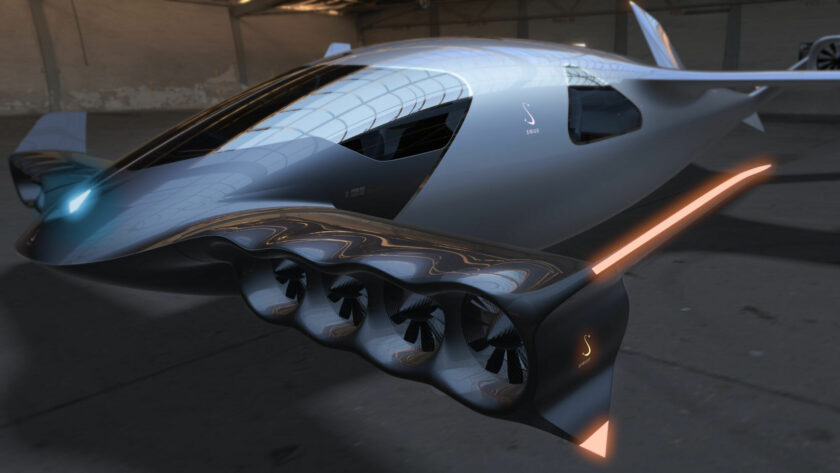
A solution combined with a propulsion system architecture structured based on ducted electric fans. Supported by batteries in turn powered by a fuel cell capable of generating electrical energy from the interactions between hydrogen and oxygen, ensuring high performance, wide operational range, and zero emissions. However, the latter are only true if evaluated during the aircraft’s operation and provided that the hydrogen is of the green type.
Aerodynamics refined
Nevertheless, the “Sirius Jet” currently exists only on paper. Although the first demonstrative flights are scheduled for 2025 with the aim of completing certification for commercial flights by 2028. It presents itself as an aircraft characterized by extremely refined and technologically advanced stylistic and aerodynamic solutions. Among these, the canard architecture stands out, with a horizontal tail arranged in front of a main high wing, which also features “V-Tail” tailplanes.
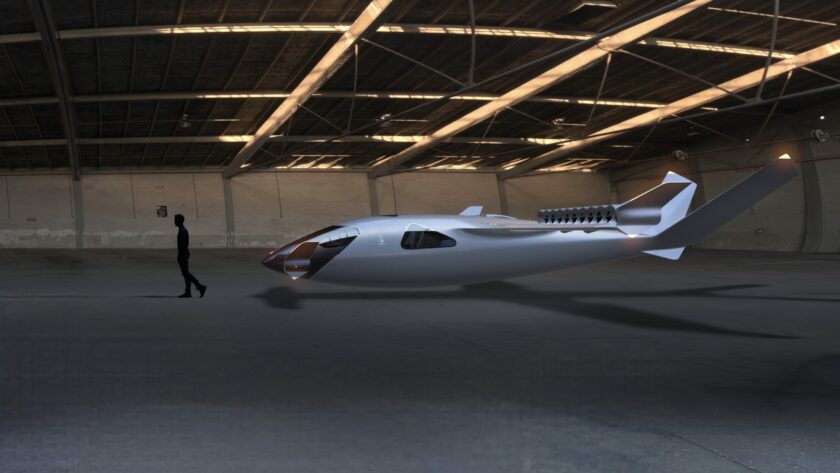
A design achieved through valuable collaborations involving the DesignWorks team from BMW, Sauber Group, Alfleth Engineering, and Ald Group. It is further refined by the absence of those large propulsion elements that characterize the development trends of vertical takeoff aircraft for urban and non-urban use.
28 electric fans
In this context comes the first “peculiarity” of the “Sirius Jet”. In order to avoid the use of large rotors or fans, the propulsion system consists of 28 electrically driven ducted fans. Twenty of these fans are arranged on the dorsal surfaces of the main wing planes, near the wing trailing edge. While the remaining eight are integrated into the wing structure of the front horizontal stabilizers.
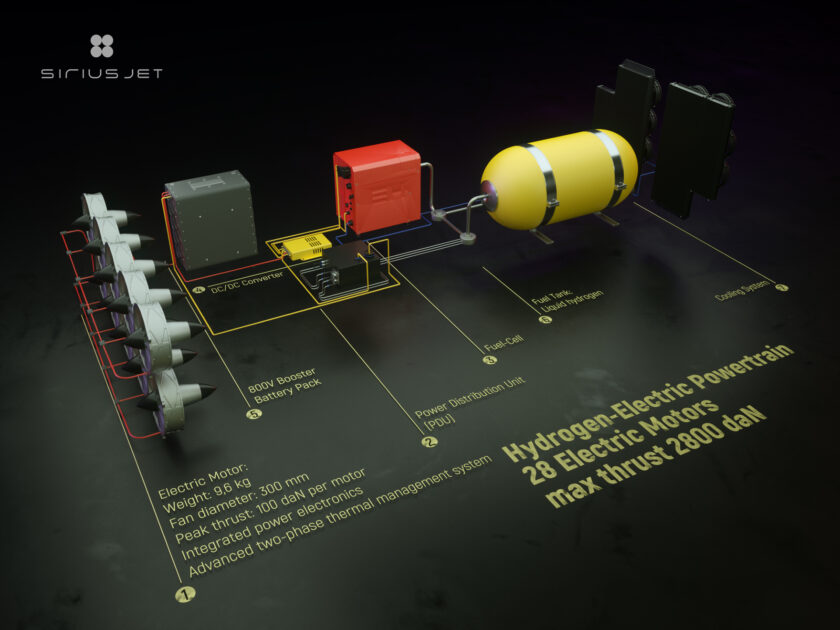
Each fan, with a diameter of only 30 centimeters and weighing just under 10 kilograms, generates a thrust of one thousand newtons, totaling two thousand eight hundred kilograms. However, this propulsion is not rewarded in terms of efficiency. This is due to the reduced air mass that each fan has to process compared to the use of larger fans. As a result, higher powers are required than would be necessary using larger fans, especially during takeoff and landing.
Thrust vectoring control
True, however, the solution resembles what has already been seen on the “Lilium Jet” prototype by the German company Lilium Air Mobility. An aircraft that shares with “Sirius” the architecture but differs in the energy storage system, which is battery-based, and in the operation of the thrust vectoring system. While the “Lilium” prototype has 30 ducted fans, two more than Sirius, varying in inclination as the trailing edge of the wing near the leading edge tilts, “Sirius Jet” keeps the propulsion fans fixed, instead using a thrust deflection system at the rear of the thrusters.
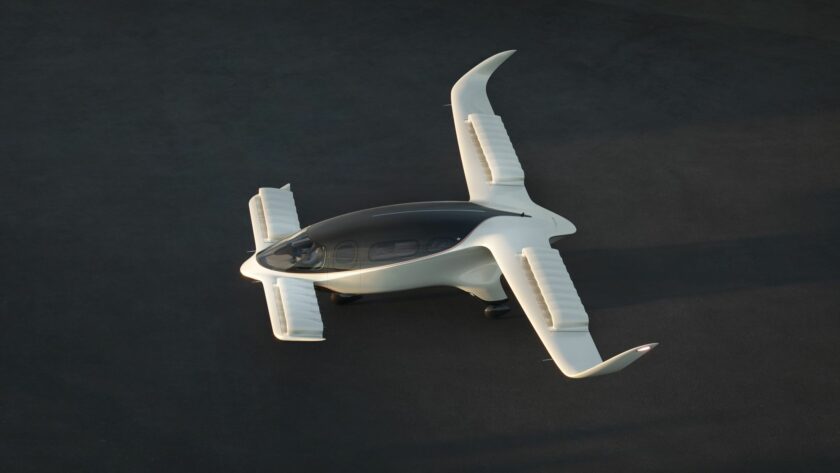
The solution, however, may result in a slight yaw during takeoff and landing maneuvers. Requiring additional power to compensate for the load losses generated when the air is diverted downwards. To address this need, even in terms of operational range and cruising speed, a fuel cell generates the necessary electrical energy by storing liquid hydrogen, thus ensuring a higher energy density than that provided by a battery pack.
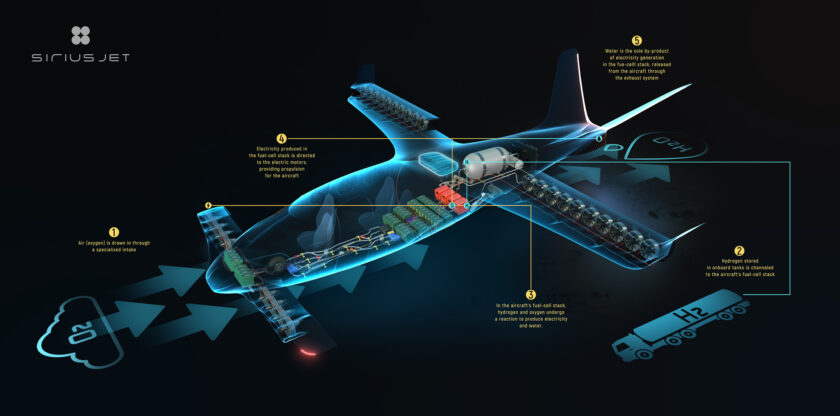
Among the advantages of the solution is also a higher degree of modularity of the vehicle, as evidenced by the fact that it is already offered in two different models. The “Business Jet” version, capable of accommodating up to three passengers, is designed for private travel. It boasts a flight range of 1,850 kilometers at a cruising speed of 600 kilometers per hour, flying at a maximum altitude of 30,000 feet (approximately 9,100 meters). On the other hand, the commercial version will accommodate up to five passengers, sacrificing some hydrogen tank volume for a flight range of 1,046 kilometers, while maintaining the same speed and altitude performance as the business version.
Exclusive mobility solutions
Electric propulsion VTOLs currently seem to be an effective solution for urban and non-urban mobility. So much so that all major European cities are gearing up to build the necessary infrastructure and define the routes that could be covered. However, it remains to be seen whether these mobility solutions will be accessible to all social categories in terms of cost, as both Sirius Aviation and Lilium Air Mobility have suggested, or if they will remain another exclusive privilege reserved for the wealthier segments of society, as is already the case with helicopters today.
Vertical takeoff with fuel cell
Author: editorial team
Translated by ChatGPT

